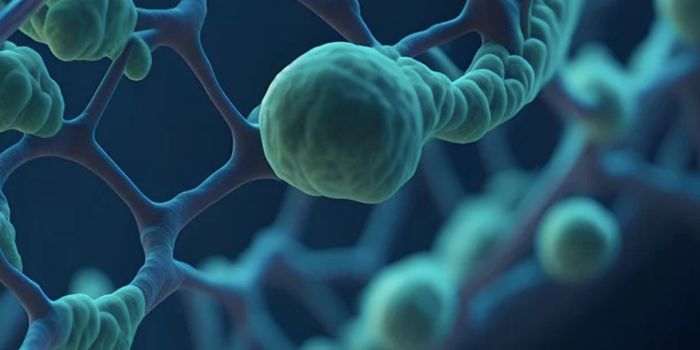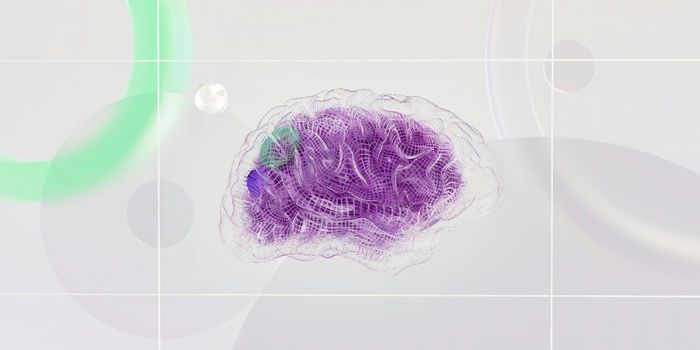How Too Much Fluoride Can Disrupt Tooth Enamel
Fluoride is a natural mineral that can help prevent cavities by making teeth resist the effects of acid and by encouraging mineralization. Many countries around the world add it to drinking water, and every toothpaste approved by the American Dental Association contains fluoride. However, you can have too much fluoride. Excessive fluoride can cause dental fluorosis, or tooth discoloration, typically white lines, marks, and poor mineralization, when children between infancy and nine years of age get too much fluoride as their teeth form. New work reported in Science Signaling has suggested that an excess of fluoride can disrupt calcium signaling, gene expression and mitochondrial function in cells that are forming enamel.
"The benefits of fluoride for oral health considerably outweigh the risks. But given how common dental fluorosis is and how poorly understood the cellular mechanisms responsible for this disease are, it is important to study this problem," said the senior study author Rodrigo Lacruz, Ph.D., associate professor of basic science and craniofacial biology at NYU College of Dentistry.
In this work, the researchers used enamel cells from a rodent model and exposed them to fluoride. It caused calcium to enter the cells and hang out in the endoplasmic reticulum, an organelle that stores calcium in cells, among other things. The fluoride also interfered with the cells' powerhouses, organelles called mitochondria, which altered energy production. It also increased the expression of genes that are involved with stress response in the endoplasmic reticulum, and with mitochondrial proteins.
"This gives us a very promising mechanistic view of how fluorosis arises," Lacruz said. "If your cells have to make enamel, which is heavily calcified, and due to exposure to too much fluoride the cells undergo continued stress in their capacity to handle calcium, that will be reflected in the enamel crystals as they are formed and will impact mineralization."
The scientists used early-stage kidney cells to replicate their experiments and did not see the same impact, which suggested that enamel cells are affected differently than other cell types.
"You would think that if you expose the enamel cells and kidney cells to the same stressor--treating them with the same amount of fluoride for the same period of time--that you'd have more or less similar responses. But that was not the case," said Lacruz. "Under the same circumstances, enamel cells react to coping with stress in vastly different ways than kidney cells. We are unraveling a mechanism that highlights the uniqueness of enamel cells and explains why fluorosis is more of a problem in the teeth than anywhere else in the body."
Sources: AAAS/Eurekalert! Via New York University, Science Signaling








